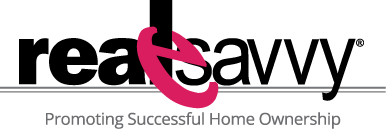As Reported In The Huffington Post
Reverse mortgages are a popular way for seniors to access needed funds. In a reverse mortgage, you are, in essence, incrementally selling your home back to a lender with the proceeds set up as a line of credit. You can use that line of credit right away, or you can allow that credit to ride for more challenging times down the road.
The Department of Housing and Urban Development (HUD) backs reverse mortgages through the Home Equity Conversion Mortgage (HECM) program. Thanks to the HECM program, you can never owe more on your reverse mortgage than your home is worth. In addition, as long as you meet loan obligations such as paying property taxes and properly maintaining your home, you can defer payments on the reverse mortgage until you die or move out.
Those are great features for senior consumers – but terrible ones for insurers. Tack on a rise in foreclosures and interest rate concerns that raise volatility, and the HECM program becomes a money-losing proposition for the government (and therefore, eventually, for taxpayers).
HUD officials recently noted that the HECM program represented a $7.7 billion liability as of 2016, and it threatens to drag down the entire FHA insurance fund that covers all single-family loans – traditional mortgages included. At this point, HUD projects that every reverse-mortgage loan will lose money. The total liability could reach $12.5 billion by 2023, according to a 2016 HUD actuarial report.
Clearly, HUD had to make changes, and they have done so. As of Monday, October 2, those changes will take effect – but how will they affect you as a potential candidate for a reverse mortgage?
More Up Front, Less Overall
HUD made two major changes to the HECM program – greater front-loading of insurance costs and lower limits on the total amount that seniors can borrow.
The mortgage insurance premium (MIP) on a reverse mortgage contains a single upfront component along with an annual premium. Prior to October 2, the upfront MIP could range anywhere from 0.5% to 2.5% depending on disbursements. After October 2, the upfront MIP is a flat 2% fee on all reverse mortgages. To offset the collective cost to borrowers, the corresponding annual insurance rate dropped from 1.25% to 0.5%.
By bringing in more of the loan costs upfront, HUD can simultaneously reduce overall risk and improve short-term cash flow. From your point of view as a consumer, this could raise the threshold values at which a reverse mortgage makes economic sense for you.
For The Complete Story, click here.

